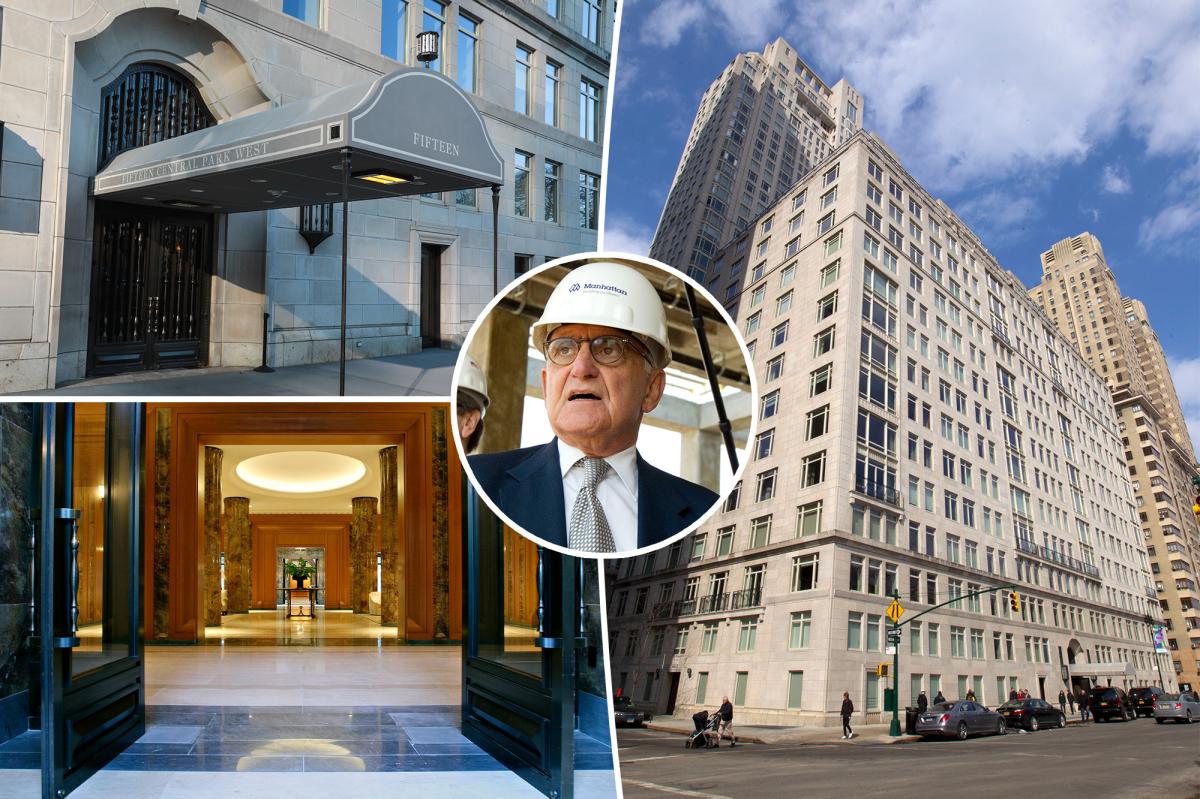T
he CNBC Property Play newsletter, co‑authored with Diana Olick, first published this piece. Property Play explores emerging real‑estate trends for investors ranging from individuals to large institutional players.
Since the pandemic’s onset, U.S. office space has struggled. Many workers, especially younger ones, never returned, leaving buildings under‑occupied. CBRE reports that overall office vacancy fell 20 basis points in Q3 to 18.8 %, the first year‑over‑year drop since early 2020. Leasing activity surpassed the five‑year quarterly average, driven by financial services and tech firms. Meanwhile, the construction pipeline has shrunk, heading toward the lowest annual total in more than a decade.
Owen Thomas, CEO of BXP (formerly Boston Properties), the largest U.S. office REIT, says the market has likely bottomed out in 2024. “Capital is returning to office real estate,” he notes, citing recent debt securitizations of high‑end buildings in New York City and Boston. BXP’s portfolio is concentrated in top‑tier properties, with many tenants in finance and legal services—sectors benefiting from AI‑driven earnings growth and a preference for in‑office collaboration.
Thomas highlights a split in the office market: premium buildings, defined as the top 10 % of the market, enjoy an average vacancy of 11 % in BXP’s cities and command rents 55 % higher than the broader market. These properties are not always new; they often sit in prime locations with excellent transit access. Conversely, many landlords of second‑tier buildings are upgrading amenities and offering value‑oriented pricing to compete with Class A spaces. BXP, however, is not pursuing acquisitions in this segment; instead, it is channeling capital into new developments, such as a $2 billion project at 343 Madison Avenue in New York City, which promises superior yields despite longer construction timelines.
Regarding New York City’s political landscape, Thomas expresses cautious optimism about Mayor‑elect Zohran Mamdani. He acknowledges that the city’s success will influence BXP’s performance and notes Mamdani’s early actions—reappointing the police chief and addressing housing affordability—as constructive. Thomas also cites New York’s leadership in converting office space to residential units, supported by tax incentives, as a financially viable model for other cities.
However, he cautions that conversions alone cannot resolve the overall office vacancy crisis. The market remains overbuilt, and while some buildings will be demolished or repurposed—particularly in suburban areas—conversions are not a panacea. The industry must continue to adapt, balancing premium offerings with value‑focused upgrades to meet evolving tenant demands.













